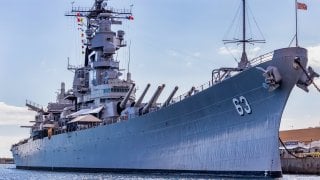Iowa-Class 16-Inch Guns Made This Battleship the Best of All Time
The Iowa-class battleships, the last battleships ever built by the U.S., were equipped with the iconic 16-inch/50-caliber Mark 7 guns. Developed in the late 1930s, these guns were chosen over larger 18-inch guns to comply with displacement limits.
Summary and Key Points: The Iowa-class battleships, the last battleships ever built by the U.S., were equipped with the iconic 16-inch/50-caliber Mark 7 guns. Developed in the late 1930s, these guns were chosen over larger 18-inch guns to comply with displacement limits.
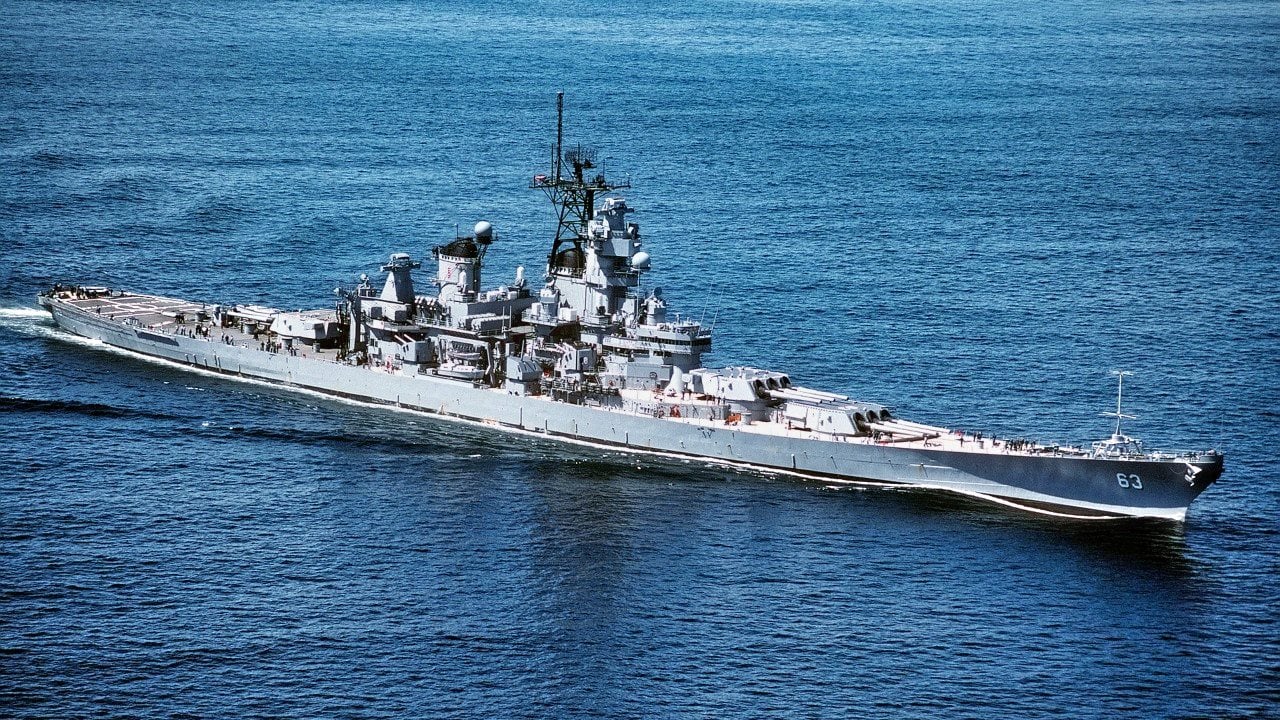
-The Mark 7 was designed to fire the heavier 2,700-pound Armor Piercing Mark 8 projectile, achieving impressive penetrating power. Constructed with precision and mounted in independently elevating turrets, the Mark 7 required a minimum of 77 sailors to operate.
-The gun could fire various ammunition types, including Armor Piercing, High Explosive, and even nuclear shells, making it a formidable weapon in naval warfare.
-Some say these naval guns make the Iowa-Class the best battleships ever to sail.
Iowa-Class Battleships: Unleashing the Power of the 16-Inch Mark 7 Guns
The Iowa class was the last U.S. battleship ever built, and one of the most iconic. Fittingly, the class was equipped with what might be the most iconic naval gun, the celebrated 16-inch/50-caliber Mark 7. Let’s take a look at the Mark 7 to better understand what made the gun so superlative.
The Development of the Mark 7 16-Inch Gun on Iowa-Class
In the late 1930s, the U.S. commissioned a set of studies for “fast battleship” designs. The General Board, which considered design options, initially considered using an 18-inch/47-caliber gun that had been in use since the 1920s. The 18-inch gun was massive and formidable. But accommodating the gun would have meant increasing displacement above the 45,000-ton limit that, in the late 1930s, was still treaty-enforced.
Eventually, the General Board settled on the 16-inch Mark 7. The gun was originally designed to fire a lighter, 2,240-pound Armor Piercing (AP) Mark 5 projectile. But the Mark 7’s shell handling system was redesigned to handle the heavier, 2,700-pound AP Mark 8. The Mark 7, paired with the Mark 8 projectile, allowed the guns to achieve penetrating power similar to that of Japanese 18.1-inch guns, despite weighing less.
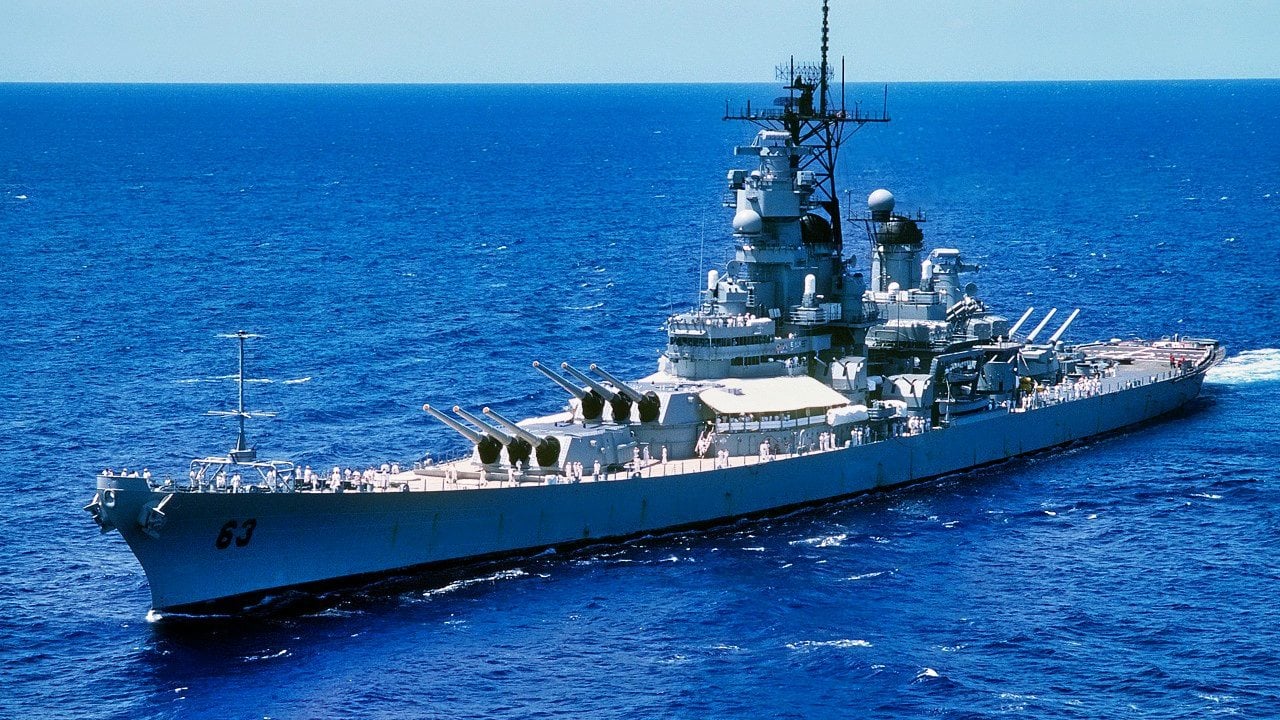
“In 1969, Capt. Edward Snyder of the USS New Jersey (an Iowa-class battleship) reported that the armor piercing shell could penetrate 32 feet of reinforced concrete,” Tim Migaki wrote. “Reportedly, the explosion of a High Capacity shell would create a crater 50 feet wide and 20 feet deep.”
Clearly, the designers had built a gun with considerable firepower.
The design of the Mark 7
The Mark 7 was built with “a liner, A tube, jacket, three hoops, two locking rings, tube and liner locking ring, yoke liner,” Migaki wrote. “Some components were autofretted. The bores were also chromium-plated to increase barrel life.”
To build the Mark 7, each piece of the gun was heated and expanded, and then slid down over the tube. As the gun part cooled, it would shrink, creating a tight unit.
On the deck of an Iowa-class ship, the Mark 7 would be mounted in turrets on individual slides, which could be elevated independently of each other. The result was, technically, a three-gun turret, rather than a triple turret.
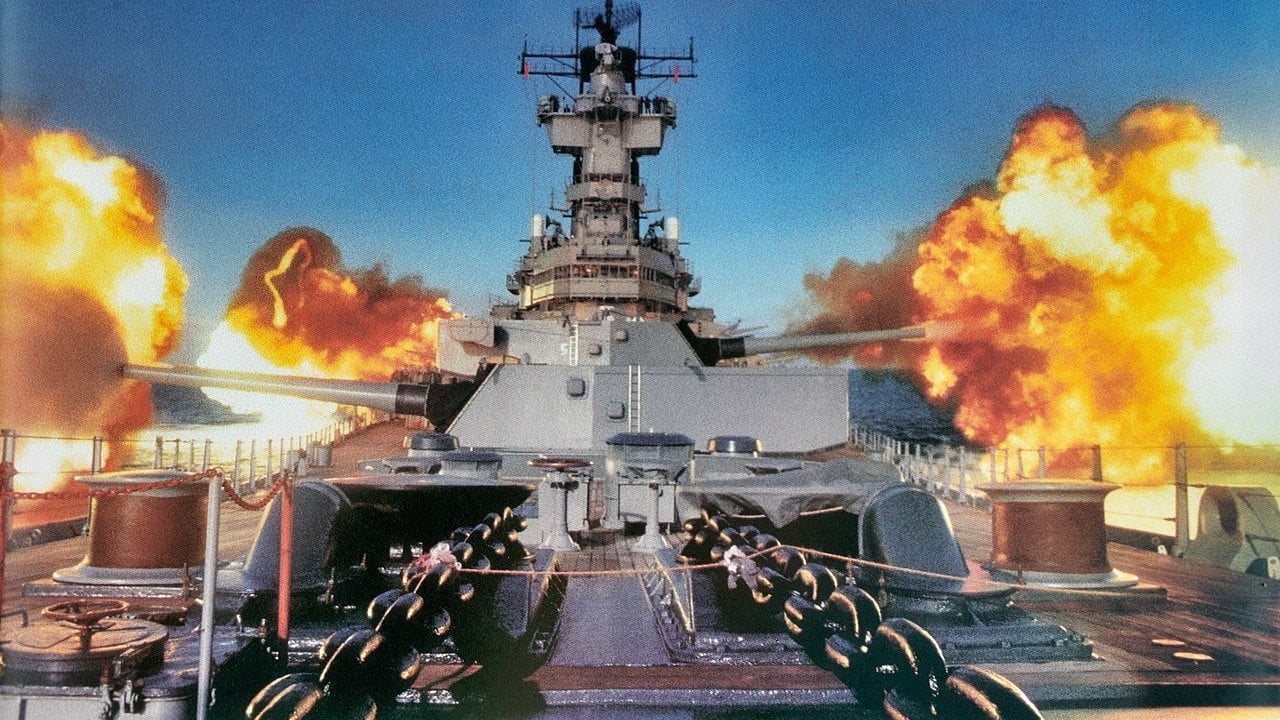
“Each turret assembly consists of a gun house with a rotating structure, a fixed structure, a barbette, and magazines,” Migaki wrote. “The gun house is the rotating armored structure that contains the guns, sighting, and rangefinder stations. The gun pit and machinery flat extend below the shelf plate of the hun house into the upper and lower barbettes.”
Remarkably, a bare minimum of 77 sailors was needed for the operation of a single Mark 7 turret.
The arming of the Mark 7 16-Inch Gun
Of course, the Mark 7 could be loaded with different types of ammunition. These included Armor Piercing; High Capacity; High Explosive – Controlled Variable Time; Improved Conventional Munition; High Explosive – Electronic Time/Point Detonating; and later, the Nuclear Mark 23 with a 15-20-kiloton nuclear warhead.
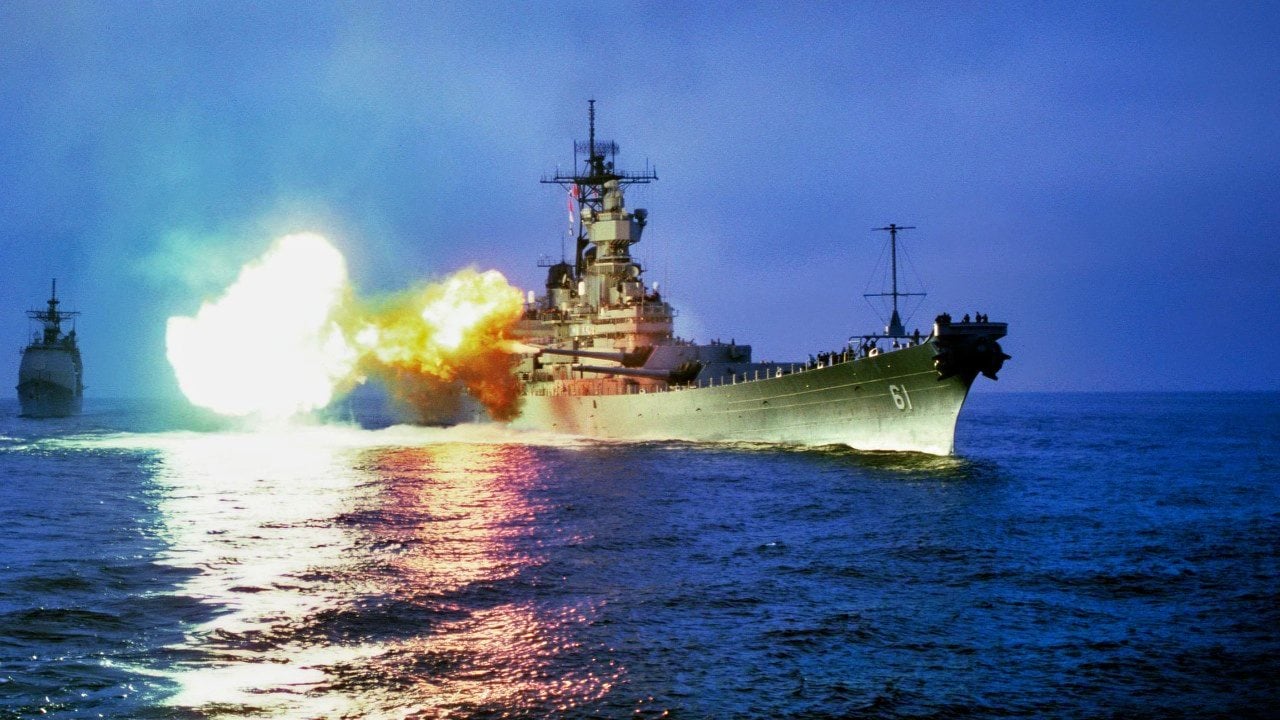
About the Author: Harrison Kass
Harrison Kass is a defense and national security writer with over 1,000 total pieces on issues involving global affairs. An attorney, pilot, guitarist, and minor pro hockey player, Harrison joined the US Air Force as a Pilot Trainee but was medically discharged. Harrison holds a BA from Lake Forest College, a JD from the University of Oregon, and an MA from New York University. Harrison listens to Dokken.
All images are Creative Commons or Shutterstock.
From the Vault
Russia Freaked Out: Why the U.S. Navy 'Unretired' the Iowa-Class Battleships
Battleship vs. Battlecruiser: Iowa-Class vs. Russia's Kirov-Class (Who Wins?)


